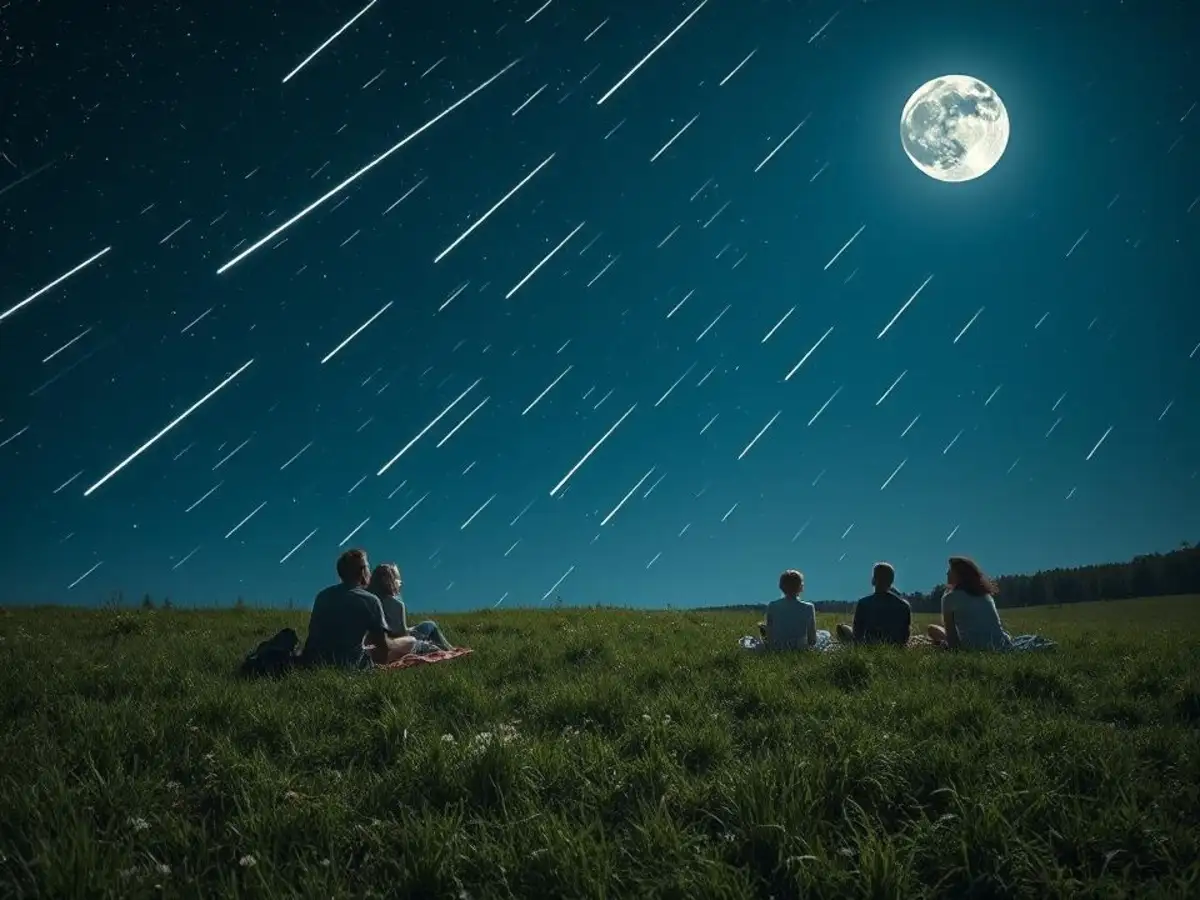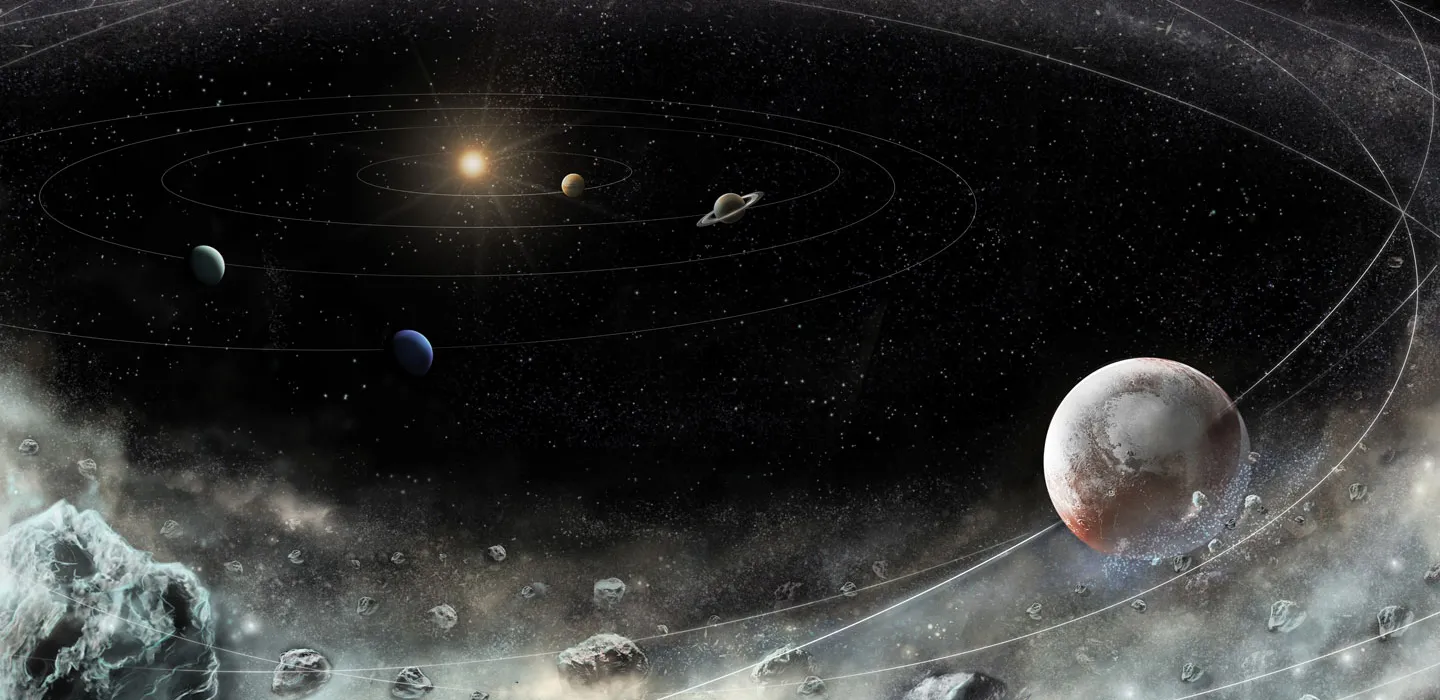
Each year, the night sky offers a grand canvas for astronomy enthusiasts and casual viewers alike. Among the most anticipated celestial events is the Perseid Meteor Shower, renowned for its blazing streaks across the sky, highlighting the cosmic ballet that unfolds overhead. In 2025, skywatchers are gearing up for a particularly exciting period, complemented by the allure of a luminous full moon. This comprehensive guide will walk you through the peak date of the Perseids, the best viewing tips, the full moon schedule, and how to maximize your skywatching experience during these breathtaking nights.
Understanding the Perseid Meteor Shower 2025
The Perseid Meteor Shower originates when Earth passes through the debris trail left by the Swift-Tuttle comet. As these tiny particles enter our atmosphere at high speeds, they burn up, creating fleeting streaks—sometimes dubbed the “fireworks” of the cosmos. The 2025 Perseids promise to be a memorable event, with the peak expected around mid-August.
Peak Date and Viewing Time
According to recent astronomical predictions and observations, the Perseid Meteor Shower 2025 is expected to reach its maximum intensity on the night of August 12 into August 13, 2025. During this peak, viewers might see up to 100 meteors per hour under optimal conditions. The best time to witness this celestial phenomenon generally falls after midnight when the sky is darkest and the radiant point in the constellation Perseus appears highest in the sky.
- Ideal viewing hours: Late night hours, post 11:00 PM local time
- Radiant point: Perseus constellation, rising in the northeast around late evening and culminating after midnight
Tips for Optimal Viewing of the Perseids
1. Pick the Right Location
Choose a dark, open area far from city lights and light pollution. Rural spots, parks, or beaches often provide the best visibility. Make sure to arrive early, at least 30-60 minutes before the peak, to let your eyes adapt to the darkness.
2. Check the Weather Forecast
Clear skies are essential. Clouds or high humidity can obscure the shooting stars. Keep an eye on local weather updates around the date to ensure an optimal viewing experience.
3. Use Minimal Equipment
While telescopes and binoculars aren’t necessary for meteor viewing, bring comfortable lawns chairs, blankets, and perhaps some hot drinks. Avoid using bright flashlights, but if needed, use red lights to preserve night vision.
4. Be Patient & Dress Accordingly
Meteors can be sporadic. Patience is key—spend at least 30 minutes to an hour watching. Dress warmly, as temperatures often drop at night, especially in open fields or coastal regions.
The Full Moon and Its Impact on Skywatching
Solar and lunar cycles significantly influence astronomical observations. In 2025, the full moon known as the Sturgeon Moon will appear around August 19. This moon is traditionally associated with the time when sturgeons were abundant in North American lakes and rivers, and it offers a stunning luminous backdrop for all activities in the night sky.
Full Moon Date & Time
- Date: August 19, 2025
- Time: Around 8:00 PM Eastern Daylight Time (EDT), but exact timings may vary by time zone
Moon Phases & Skywatching Strategy
The bright light of a full moon can drastically reduce the visibility of faint meteors. During the peak of the Perseids, the presence of a full moon might cause a phenomenon called “moon interference,” making it more challenging to see the smaller and dimmer meteors. However, the Moon’s glow enhances the overall spectacle and atmospheric effects, providing a different kind of viewing experience. If you’re keen on seeing the best meteor activity, consider timing your observation to nights just before or after the full moon when the sky is darker.
Maximizing Your Skywatching Experience in 2025
To fully enjoy the Perseid Meteor Shower amidst the challenges posed by the full moon, consider these advanced viewing tips:
- Check moon phase timings: Opt for viewing nights slightly away from the full moon date, such as late August evenings when the moon is waning.
- Use light pollution filters or apps: There are apps that can help identify the radiant point and forecast meteor activity based on your location.
- Attend organized skywatching events: Many astronomy clubs and planetariums host public viewings during the Perseids, often in optimal locations and with expert guidance.
- Be prepared with patience and flexibility: Weather and natural conditions may vary. Be ready to adjust your plans or revisit the activity on subsequent nights.
Other Notable Sky Events in 2025
Apart from the Perseids, 2025 features other celestial sights, such as the bright Sturgeon Moon, which provides a majestic nighttime ambiance. Additionally, the summer sky offers opportunities to observe planets, constellations, and even some meteor showers with lesser peaks but equally mesmerizing displays.
Conclusion
The 2025 Perseid Meteor Shower promises a fantastic display for sky enthusiasts worldwide. Armed with the knowledge of peak timings, moon phases, and the right viewing strategies, you can ensure an unforgettable experience filled with sparkling streaks across the heavens. Remember, patience, good planning, and being in the right place at the right time are your best tools for witnessing this annual cosmic event.
As the nights grow darker and the skies clearer, let yourself be captivated by the universe’s grand display—an awe-inspiring reminder of our connection to the cosmos.
Happy skywatching!
For more updated news please keep visiting Prime News World.







